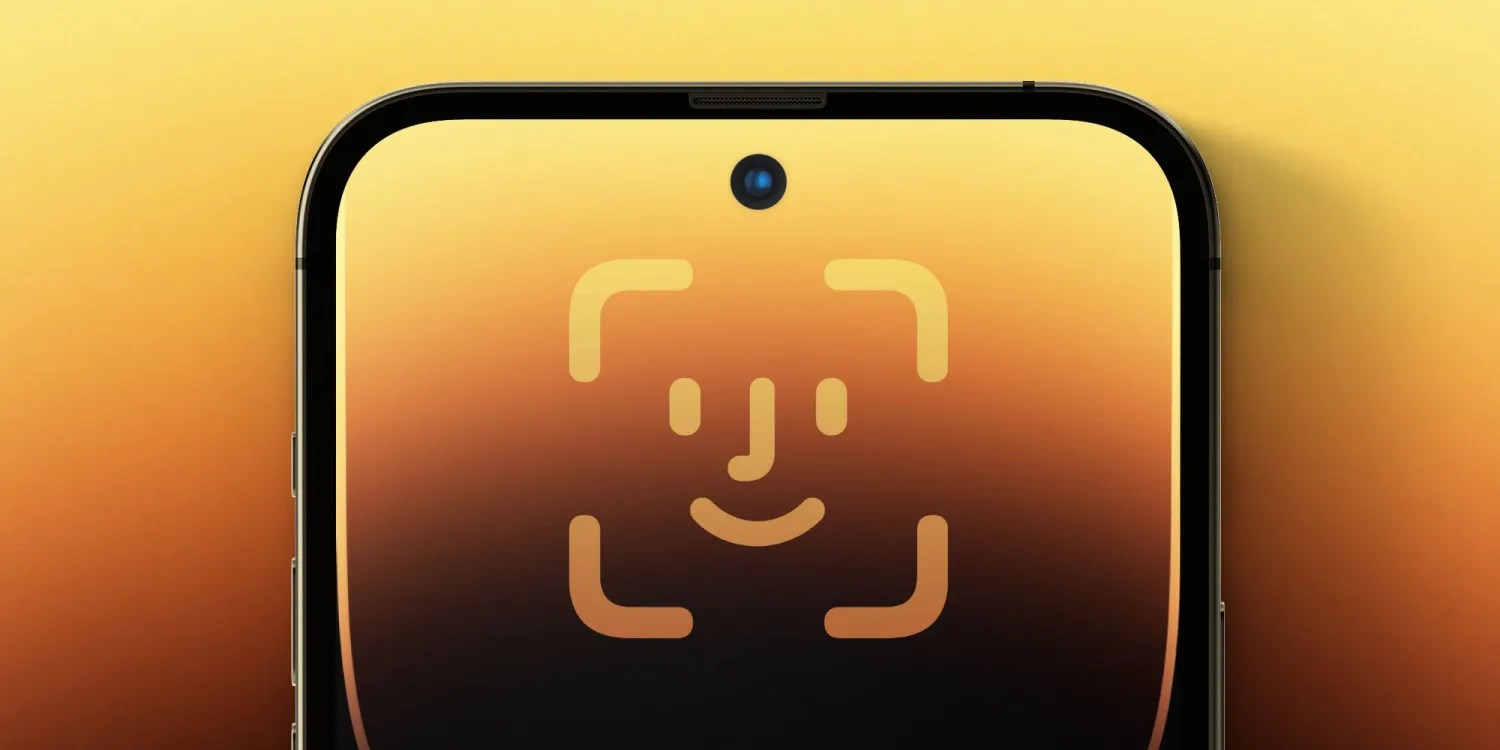
Apple has been granted another patent for technology that would allow it to have Face ID embedded in the display, enabling the company to reduce the size of the camera cutout.
While Apple has been working on this for many years, there are a couple of reasons to suspect that the tech may perhaps debut in the iPhone 17 line-up …
Face ID embedded in the display
The idea of embedding Face ID emitters and sensors beneath the display has been referenced in a number of Apple patents, like this one back in 2021:
As noted above, an electronic device can implement through-display imaging for any suitable imaging, sensing, data aggregation, or light capture purpose including, but not limited to […] face recognition.
There were suggestions that it would be implemented in the iPhone 15, and again in the iPhone 16 – neither of which came to pass, of course.
Apple has now been granted another patent for a method of achieving this (spotted by Patently Apple).
Portable device further comprises an optical radiation source, which may be utilized for applications such as, for example, 3D mapping or face recognition. The embodiments of the invention enable the placement of source behind an active part of display, as indicated by a dotted-line frame. Such a placement of source saves display area, as otherwise the source would have to be placed in a notch area (utilized for other devices, for example cameras).
Two potential pointers to the iPhone 17
I do, of course, acknowledge the irony of suggesting it may launch in the iPhone 17 after noting that it’s previously been predicted for the past two generations! But there are a couple of reasons to suspect that this time it might be true.
First, there have been multiple reports that at least one of this year’s models will have a smaller display cutout. Jeff Pu suggested that the iPhone 17 Pro Max would have a “much narrowed Dynamic Island.” Embedding Face ID beneath the display would be the most obvious way to achieve this.
Second, there’s the iPhone 17 Air. Apple’s goal here is the sleekest possible design, and reducing the Dynamic Island to a camera punch-hole would be entirely consistent with this goal.
Then there’s the fact that the Air price is reported to be above that of the Pro Max, despite having only a single camera and not matching the specs of the Pro models. Would a slimmer casing really be enough to justify that kind of price premium? Or would that need to be supplemented by some other premium design element, such as … a punch-hole display?
Might 2025 be the year this finally happens, either for the iPhone 17 Pro Max, iPhone 17 Air, or both? Please share your thoughts in the comments.
Image: Michael Bower/9to5Mac
FTC: We use income earning auto affiliate links. More.





